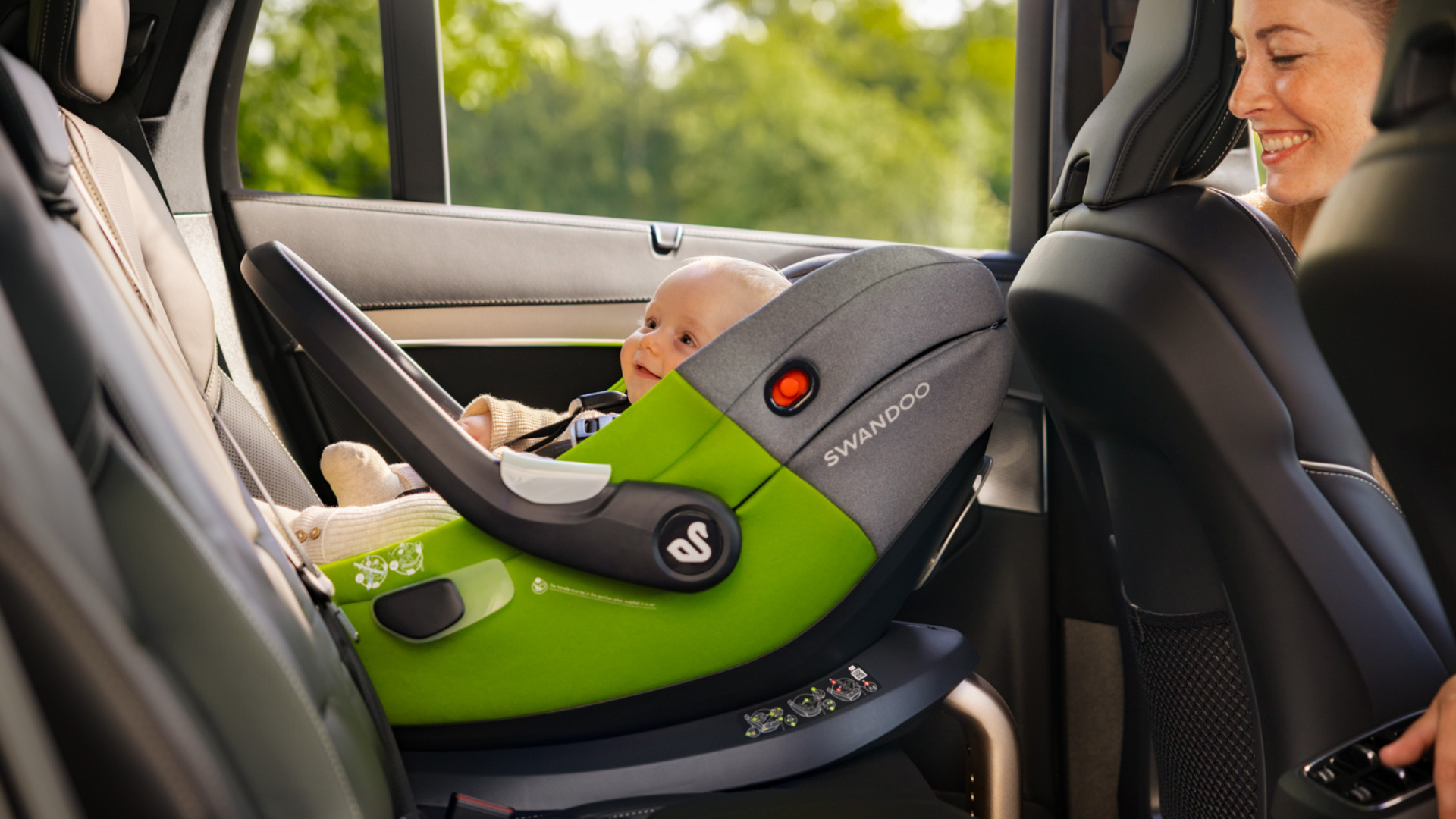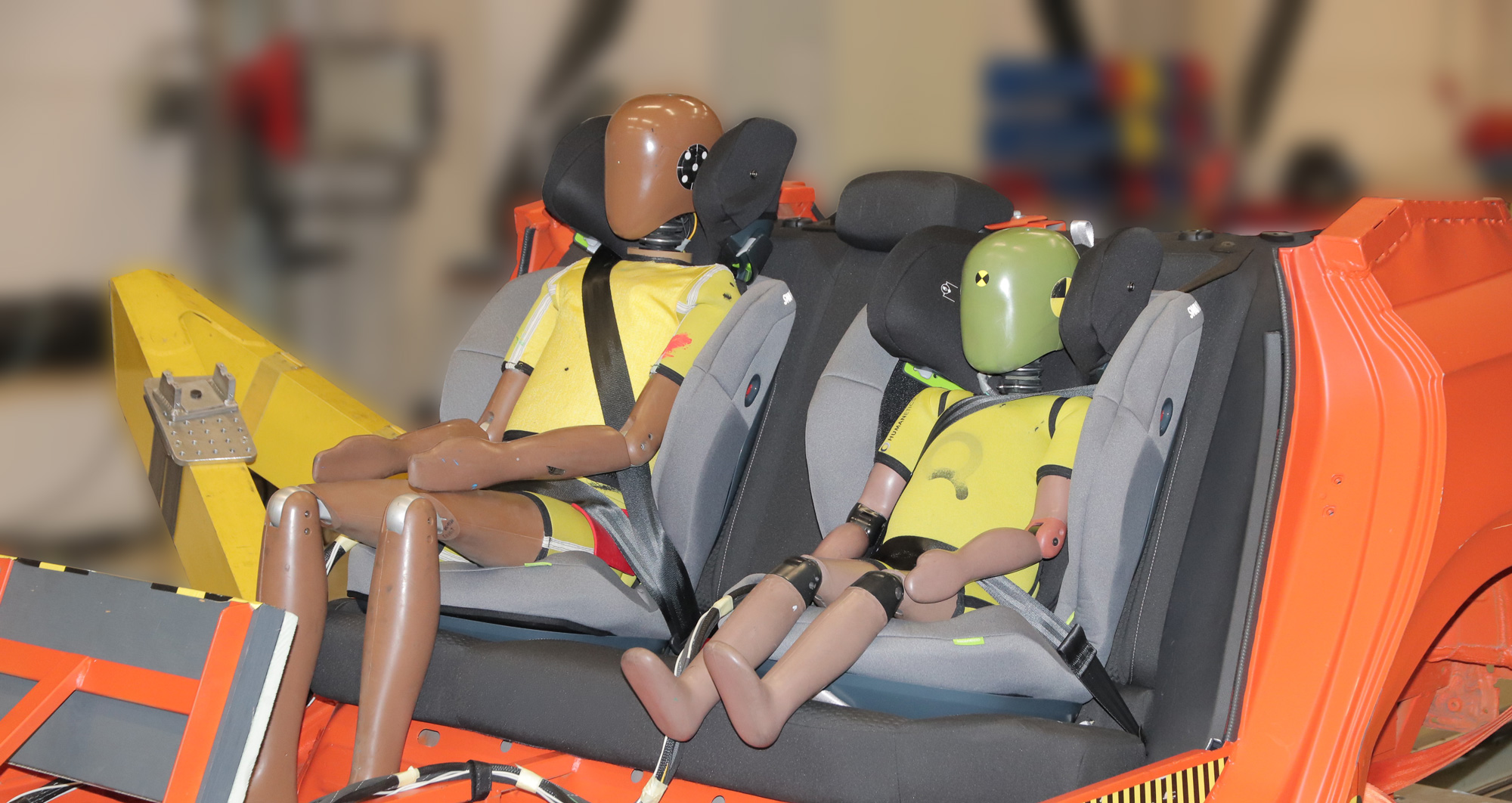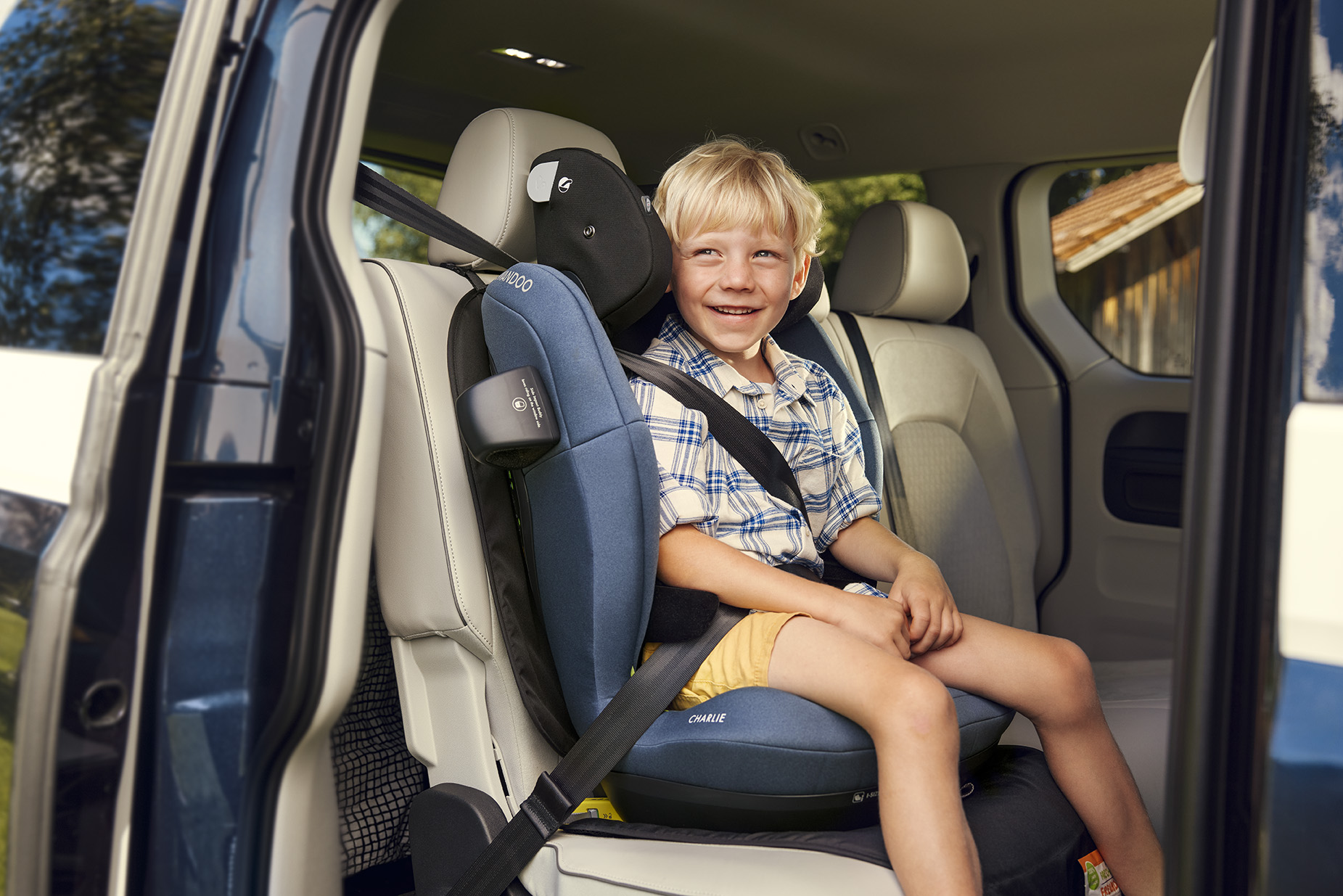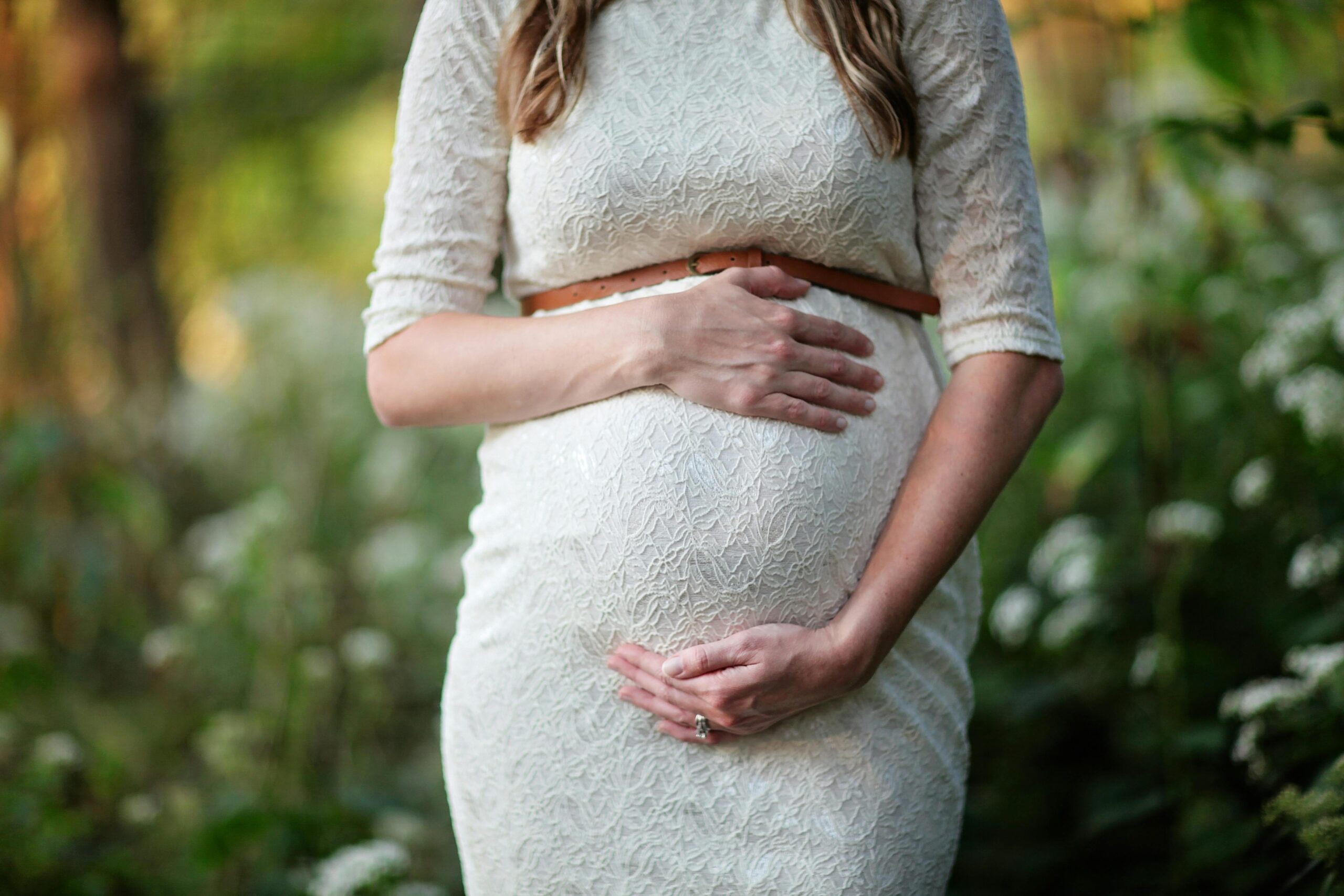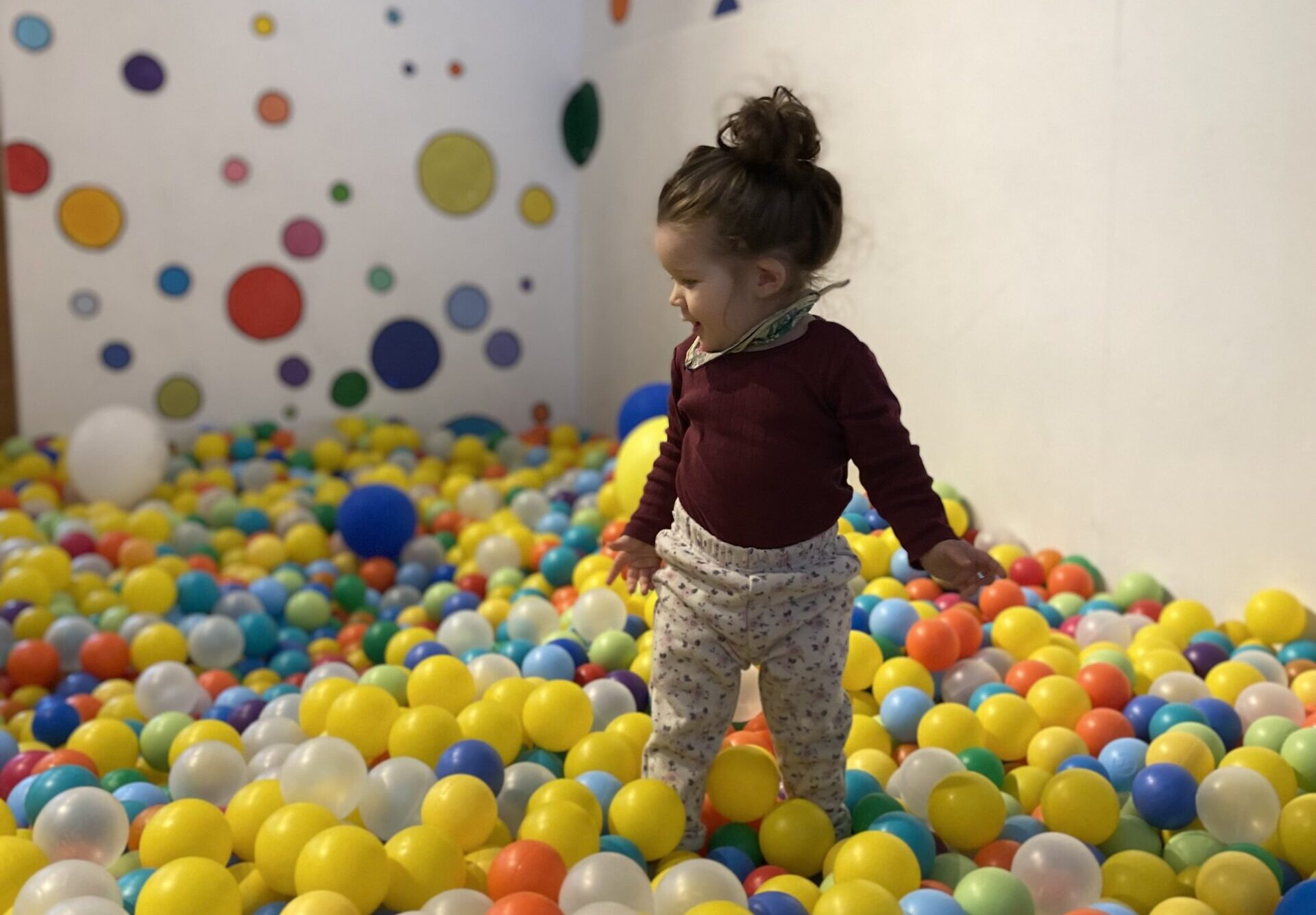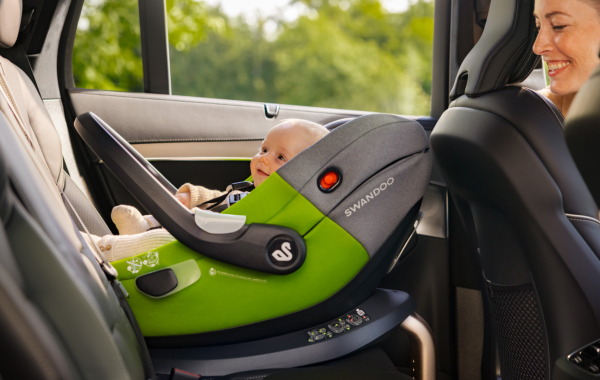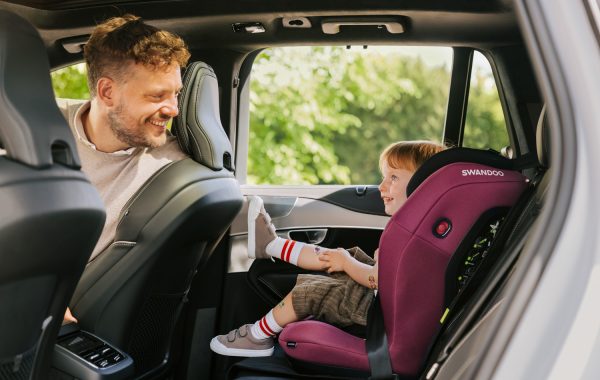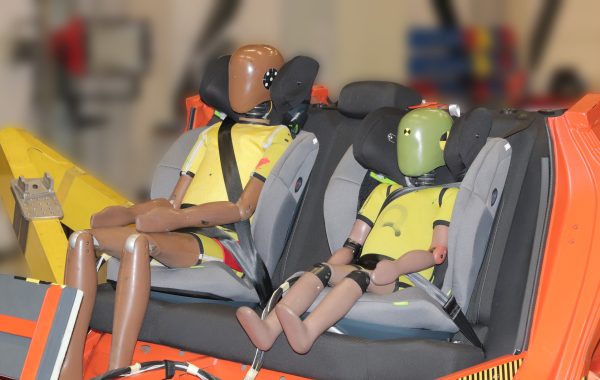Let’s be honest, buying a children’s car seat is not cheap. And, whilst it’s an essential item in keeping your little one safe on the road, it can also set you back a small fortune. Understandably, many parents consider purchasing one second hand. But are pre-used child seats really safe?
The short answer is: no. If you want to be on the safe side, quite literally in this sense, it’s better to buy new. Whilst purchasing other (costly) bits of baby equipment, including cribs and strollers, second hand is a great way to reduce your spending (and environmental impact), if there’s one thing you should be getting box-fresh, it’s your child’s restraint system. Think of it as an investment with your child’s safety being the invaluable return.
Now, we know you might be thinking, “of course, you’d recommend buying a NEW car seat. They are your main product after all!”. Whilst, yes, this is obviously true, our mission at Swandoo is first and foremost to keep your children safe and comfortable when travelling on the road. Unfortunately, this cannot always be guaranteed with a second-hand car seat due to a number of factors that might compromise its ability to protect your child.
However, there are, of course, a few exceptions. So, if you are interested in taking a deep dive into buying a second-hand car seat, then get comfortable with a cuppa and let us talk you through the safety questions you should consider when purchasing pre-used child seats.
1 – How old is the car seat and when does it expire?
Yup, it’s not just milk that has an expiration date. Depending on the manufacturer, children’s car seats usually expire between six and 10 years from when they left the factory – the lifespan of Swandoo seats is 8 years. There are a number of reasons for this: (1) regular usage and exposure to the elements can cause the fabric and individual parts of the seat to deteriorate over time; (2) regulations change and testing generally gets harder, which means that older seats might not comply with the current safety standards; and (3) the industry is constantly improving. New features are added, fabrics are updated, designs evolve – a seat that was state-of-the-art a decade ago is likely a dinosaur compared to today’s standards.
If you are considering buying a second-hand children’s car seat, determine how old the seat is by checking the manufacture date – this is usually on a label on the back, bottom or side of the seat – and find out its shelf life by checking the manual, website or contacting the manufacturer. If this label is missing or you cannot ascertain if the car seat has expired, do not use the seat. The same applies (obvs! ;P) if the car seat has already expired or will do so within the duration of your using it.
2 – What’s the seat’s history and is the seller reliable?
Imagine you are on a first date and you are trying to determine any red flags. Well, before you swipe right on your next car seat, perhaps you should first do a little digging about your seat’s past: When was it bought? Was it originally purchased new at a reliable shop? And most importantly, was the car seat ever involved in an accident? (The ultimate red flag when it comes to car seats – DO NOT USE!) The seat might look fine from the outside but that doesn’t mean it’s safe to use as there could be internal damage. In fact, at Swandoo, we offer a product replacement service for all seats that have been involved in an accident.
Additionally, always consider who the seller is, if you can trust them and the information they give you. Remember, some might not be truthful about the seat’s past in an effort to sell it on quickly. As a general rule, it’s probably safer obtaining a pre-used seat from a trusted family-friend than buying from a random netizen. If you have any doubts about the seat’s history or the trustworthiness of the seller, it’s best to look for other options.
3 – How’s the seat looking?
As you would with any pre-used purchases, examine it for any signs of damage. In many households, car seats are used on a daily basis, and at some point will suffer some wear and tear. Ripped fabrics, frayed harnesses, broken fixings, etc can all affect a seat’s ability to protect your child.
However, it’s important to keep in mind that even if the seat is crash-free and looks in good shape, its interior could still be defective. As mentioned above, years of direct sunlight and sub-zero degrees can have a detrimental impact on the plastic (and so can the continuous digging of little explorers’ hands) – all without being visible to the naked eye.
Fun fact: Did you know Swandoo seats are made from sturdy EPP and are less likely to be damaged by the poking of little inquisitive fingers!?
4 – Is everything there?
We all know how easily things get lost. Whether that’s your child’s stuffed bunny forgotten at the playground, a diaper that fell out of your packed-to-the-brim bag or the newborn inlay of your child’s car seat that you’d packed away when your little one had outgrown it. When buying a second-hand car seat, always ensure that all original parts are included, lest it be less effective.
The same applies to labels. Don’t buy a seat where its original labels have come off. The manufacturer label not only includes the manufacture date (see number 1) but also the serial number which is crucial in determining if the seat has ever been recalled (check that too!). Additionally, in Europe there should also be an orange sticker confirming that it complies with EU safety regulations.
Lastly, make sure you have a copy of the seat’s user manual. Should the paper copy have gone missing, you can usually download a digital version of the user manual from the manufacturer’s website – you can find your Swandoo one qui.
5 – Have you done your research?
Let’s go back to our dating analogy. When getting to know someone new, some of us (be honest!) like to take a quick look at (stalk) this person’s online profiles in order to glean as much information as possible. Similarly, doing your research about the car seat brand and the particular seat model is always a good idea. Find out if you identify with the brand and their values? If you can you count on their help in case you have any questions or need assistance? What are the brand’s overall safety scores and how did this particular seat perform in consumer tests? Is the warranty transferable to you? Some of that information might not seem relevant now but could be helpful further down the line.
Did you know? If registered in the first three months of the original purchase, Swandoo offers a product lifetime warranty on all seats.
6 – Does the seat fit your needs?
This should be an obvious one and always the first thing you consider whether you buy new or second hand. Before examining a seat for wear and tear or checking if it is fitted with all the original parts, you need to make sure that it fits your needs. Is it the right seat for your child’s size? Can it be installed in your vehicle? Also, don’t buy a seat just because it’s a good deal if it doesn’t contain the features you’re looking for. We recommend creating a list of non-negotiable features to navigate the car seat market more efficiently. For example, investing in a 360° rotating car seat with a spring-based crotch pad may save you time each morning – most parents will likely strap their child in and out of a car seat more than 1400 times a year (based on two trips per day)!
If your budget allows, buying a new car seat is always your safest bet. However, we understand that can be a stretch for many families, so if you are looking for second-hand options, we hope this guide is useful in helping you choose the safest possible pre-used seat. Because the safety of your children always comes first!
Useful links: Child Car Seats UK / Safe Kids Worldwide / ABC News Australia / Very Well Family / Healthline
